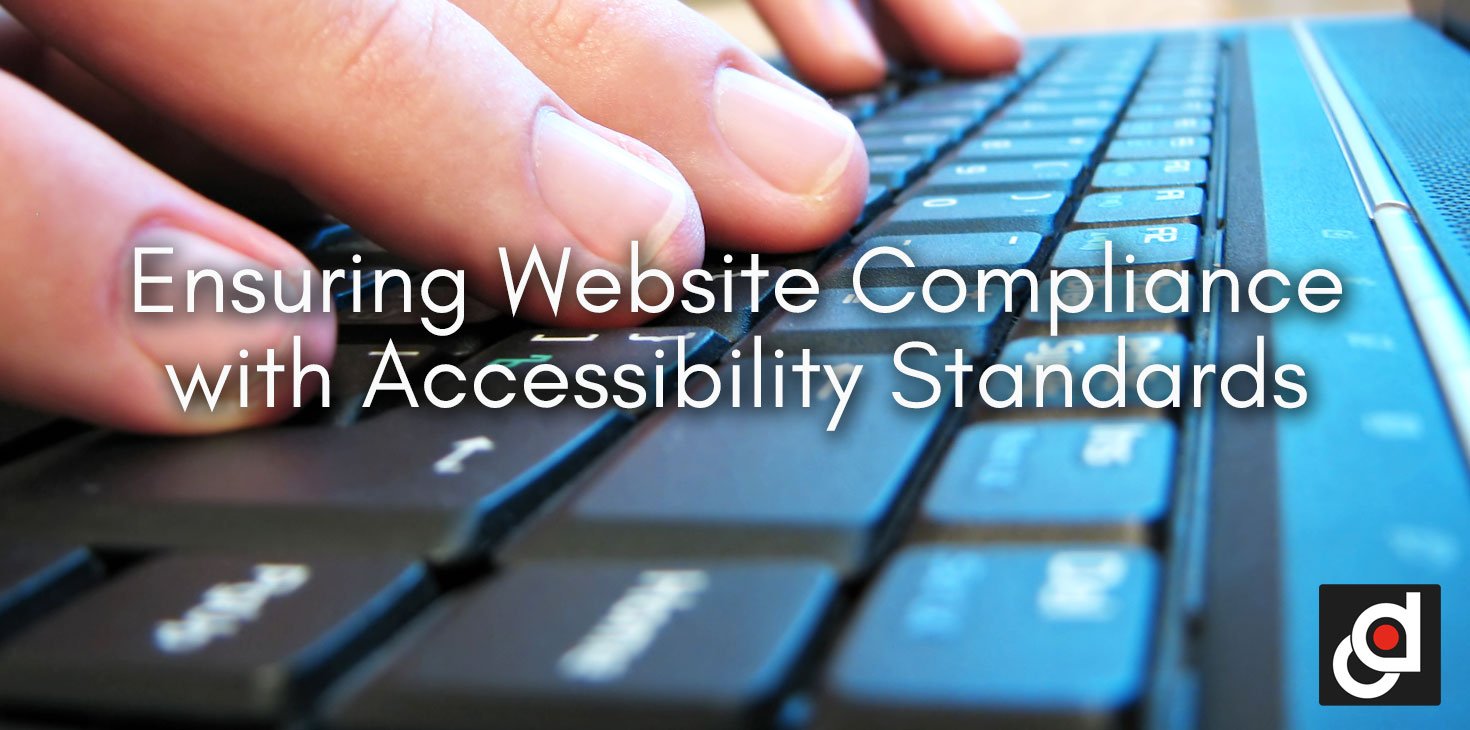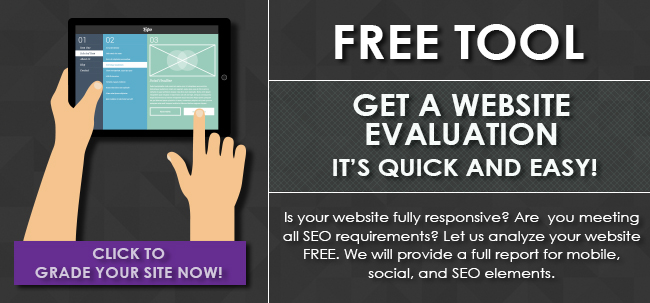Ensuring Website Compliance with Accessibility Standards

From now on, following the accessibility laws and regulations should be a goal for your organization's website. It's important to note that a large number of people visiting your site have certain disabilities. Most people nowadays own more than one device, so it should come to no surprise that most people rely on digital interactions so that they can conduct business and purchase products online. For any company that has a website, mobile application, or any other technology that is open to the public, web compliance is something that you need to consider. Read our blog to learn more about ensuring website compliance with accessibility standards.
All About Web Accessibility
Disabilities can affect the way an individual gets around in the community. For example, they may use a wheelchair or working dogs to get round town. It's important to note that disabilities might also affect the way an individual navigates the digital world. Someone who is not able to use their hands might not be able to use a keyboard or a mouse. Most of the times, they will use a voice input instead. A person with vision problems might not be able to read the text on a computer screen and will utilize a screen reader instead. A website that is accessible is a site that has taken all of the measures to ensure that there are no barriers that will prevent people with disabilities from accessing or using their site.
What Does it Look Like
Since people with disabilities may have problems interacting online, web accessibility will take into account all of the alternative means using technology. This includes keyboard inputs, screen readers, and voice commands. In addition, special software, web browsers and hardware also needs to be fully utilized. Web accessibility also takes into account people who use conventional means to access the Internet, but then face barriers such as poor color, fonts that are hard to read or understand, or video files that do not have captions. Many laws are put in place so that the accessibility standards are met.
Standards and Laws
Providing equal access is not only a way to ensure that you don't discriminate people with disabilities, it's also the law. We know it can be confusing at times to determine whether or not your company is covered by the laws that meet website compliance. If you are looking for a universal accepted standard of web accessibility, the WCAG or Web Content Accessibility Guidelines 2.0 should provide you with the best experience possible. If you follow the WCAG 2.0 checklist, you can be more confident knowing that your organization is compliance with The Rehabilitation Act, which requires all the federal government funded programs to be accessible. Also, Section 508 requires all the information technology and electronic programs to be accessible. You will also be compliant to the ADA or Americans with Disabilities Act, which regulates the discrimination against all people with disabilities in the U.S. Does your website have to be compliant with the ADA? Yes. All communication technology, such as websites and applications, should be fully accessible, regardless if your organization is federally funded or not.





